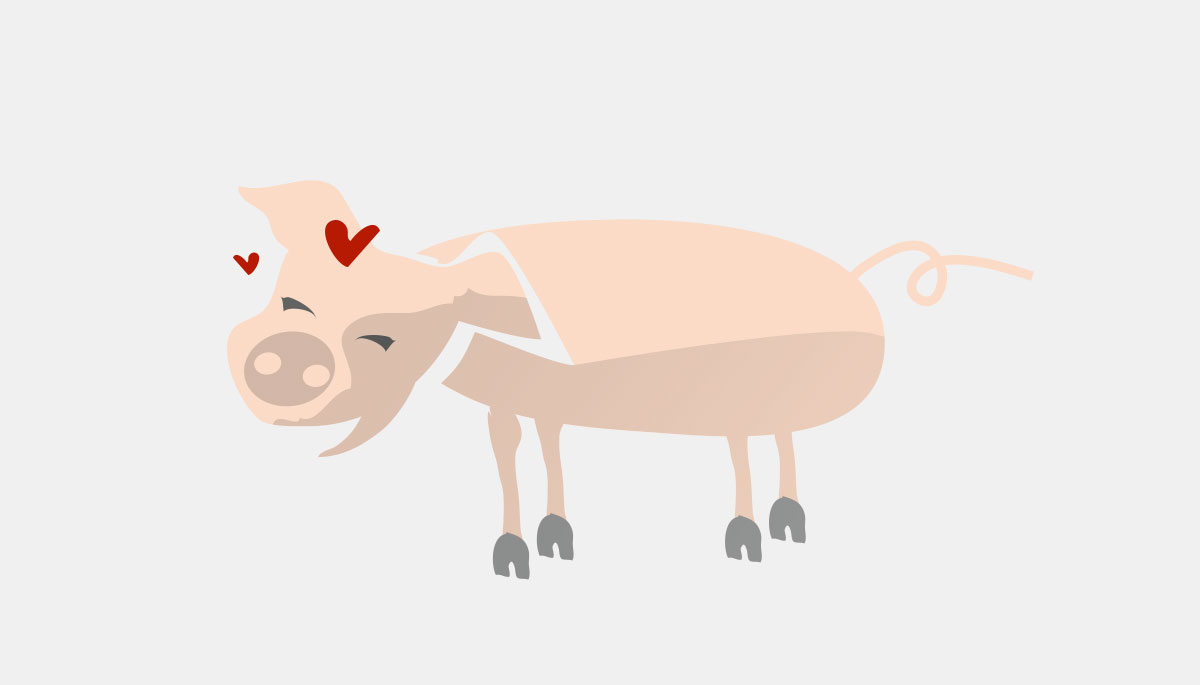The long way to the perfect product


The process of dreaming up new products, flavors and varieties starts in the laboratories of the DMK Group’s developers. This is where the experiments, the creativity and the exploration take place. For some products, it can take weeks or months to get the recipe exactly right. For each and every variety, developers have examined the composition step by step, the shelf life, whether it can be mass produced, and, of course, the flavor. Teams work through that process in their kitchens, eliminating versions that don’t make the grade, until they identify a winner to bring onto the market. It is rarely a linear process and there are plenty of unexpected challenges along the way – even if some of the products have been on sale for many years.
Gelatine, which is usually obtained from cows and pigs, is widely used in kitchens as a stabilizer in numerous products. However, it is unsuitable for vegetarians. Zeven decided to create a long-life vegetarian cream so vegetarians could also enjoy certain tarts and pizzas. The DMK Group reduced the amount of fat in the regular sour cream product from 24 % to 18 %, creating a product that was stable even without gelatine. All of the feedback from chefs was positive. And happily, the product is not only suitable for vegetarian dishes but users also appreciate how easily it spreads.


Carrageenan is an important stabilizer that has been used for years in cream, mixed milk drinks and other products. One day though, Axel Mehrtens, a product developer from Zeven, and his team noticed that something had changed about the milk additive which is made using red seaweed. Ocean temperatures are rising due to climate change and the seaweed is adapting. Now, the raw material is different and sometimes there is not enough available.


All product developers are trying to work out how to reduce the amount of sugar products contain, without compromising the original taste. MILRAM’s “FriesenDrink” shows it can be done, thanks to the knowledge and creativity of the research and development team. Faced with a complex problem, they showed that less sugar does not have to mean a product tastes less sweet.
The Zeven team integrated a process whereby they broke down lactose, which happens to be what is known as a “double sugar.” Splitting it creates glucose and galactose. When they are combined, these two simple sugars taste sweeter than lactose. That enabled the team to reduce the amount of regular sugar in the product. Mission accomplished.


Everything looked as though it would be straightforward in 2017 when the plan was to bring a five-kilo bucket of sour creme onto store shelves. Product developers agreed surprisingly easily on the recipe, the taste and even the photos were all set for the new herbal sour cream. Then came the feedback from chefs, who said they would prefer to flavor the product themselves and did not want a product that already contained herbs.
That was no problem, the team of developers adjusted the recipe. However, a creative solution was needed for the product photos. Photoshop saved the day, eliminating the herbs from the pictures at the last minute. At last, the sour cream came to market, and everybody liked it, even if it didn’t look quite like the original images suggested


Red fruit pudding is vegan through and through – or so you might think. But take a closer look and you will see the challenge. The dessert needs to be red, and that often means using carmine, a dye won from crushed cochineal insects – meaning animals are involved. The vegan version uses a different coloring, although often this is not as effective.

